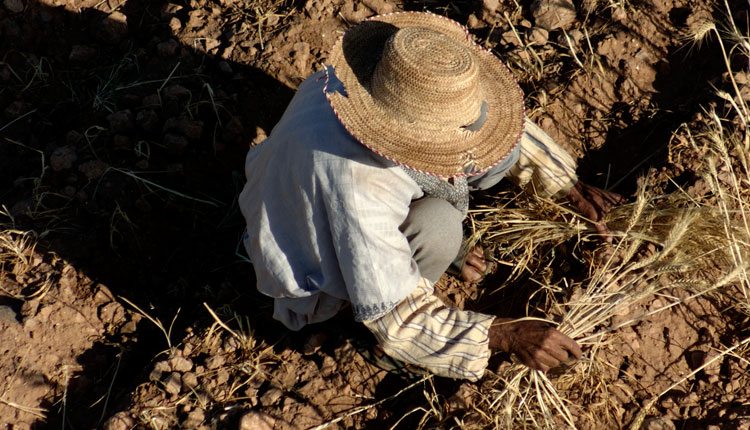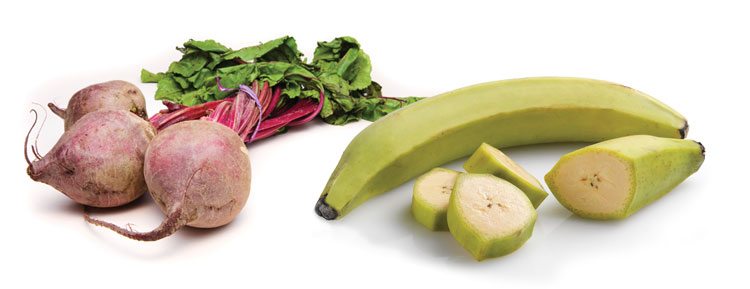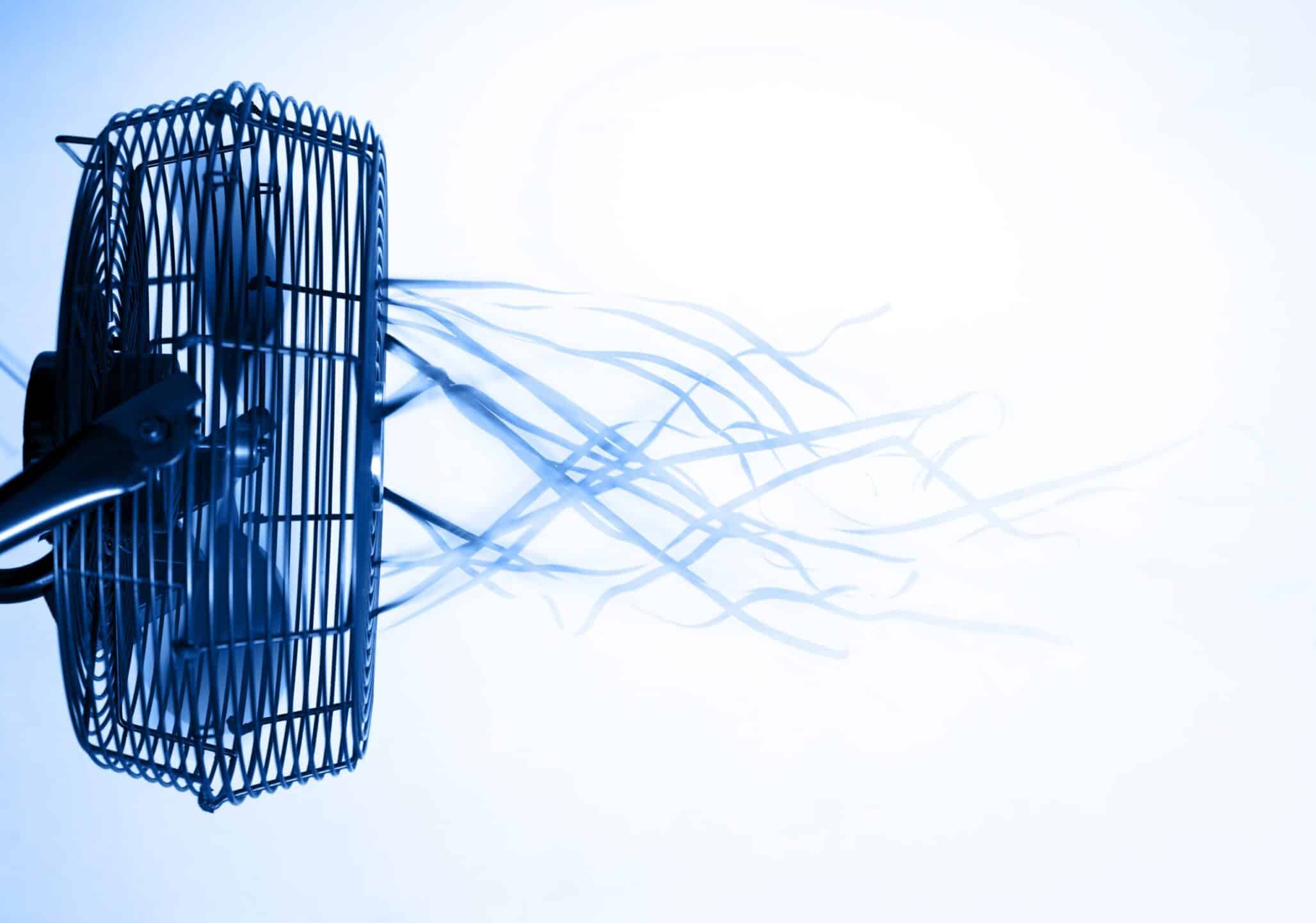Industry experts look to improve the International Treaty on Plant Genetic Resources for Food and Agriculture’s Access and Benefit-sharing mechanism.
Under the auspices of the Food and Agriculture Organization of the United Nations, The International Treaty on Plant Genetic Resources for Food and Agriculture (ITPGRFA) entered into force June 29, 2004, with the guidance of a governing body that is comprised of representatives from all contracting parties.
The treaty sets out to accomplish three things. First, it aims to take care of the conservation of plant genetic resources for food and agriculture. Second, the genetic resources should be used in a sustainable manner. And third, access and benefitsharing should be managed. The treaty also recognizes that farmers have contributed to the diversity of crops that feed the world; therefore, it works to ensure that recipients share benefits they derive from the use of these genetic materials.
“With increasing population growth, climate change impact on agriculture and water scarcity for our crop production, we need to safeguard our agro biodiversity and food security by: conserving our plant biodiversity in situ, on farm and ex situ; facilitating climate change adaptation of our food crops; increasing agricultural productivity; and by ensuring the equitable sharing and exchange of our resources, information and technologies,” says Matthew Worrell, ITPGRFA chairperson of the Sixth Session of the Governing Body. “The treaty has been making rapid progress in addressing these goals by integrating and further developing its operational mechanisms, its open initiatives and its governance function throughout the entire value chain derived from plant genetic resources.”
To date, there are 136 contracting parties to the ITPGRFA, and 64 crops — accounting for 80 percent of all human consumption — are exchanged under the treaty. With the treaty in place, plant breeders, farmers and scientists of contracting parties have access to genetic resources the world over.
Resource Boom
According to data from CGIAR, more than 8,500 transfers are made every week adding up to 440,000 accessions in one year from international research centers alone. Farmers, donors, scientists and genebank managers all contribute to the success of the treaty’s multilateral system — a system, whereby countries that have ratified the treaty, agree to make their genetic diversity and related information about the crops stored in their gene banks available.
“It’s important to realize that we are all dependent on each other for genetic resources for food and agriculture,” says Anke van den Hurk of Plantum. “There’s not a single country that has all the genetic resources needed for food production originating in their own country.
“For example, Brazil has a lot of biodiversity but still it derives genetic resources that originated in other countries. Genetics float all over the world, and it should remain that way. The international treaty makes it possible to exchange genetic resources in an easy way through the Standard Material Transfer Agreement. It might not be completely ideal, but it makes the exchange of genetic resources possible and allows the flow to continue.”
Rice is one of the key crops exchanged under the treaty. In the Philippines, the International Rice Research Institute (IRRI) has collected more than 100,000 varieties of rice. It’s staff of plant breeders at the IRRI gene bank focus on improving rice varieties to help farmers prepare for future challenges that might come their way. On average, IRRI sends out 200 samples a day, using the treaty’s Standard Material Transfer Agreement.
According to the treaty, the Standard Material Transfer Agreement is a mandatory model for contracting parties wishing to provide and receive material under the multilateral system.
“Everyone recognizes that it’s very important to send rice from one country to another but there is a big difficult question of fairness,” says Ruaraidh Sackville Hamilton, head of IRRI’s Genetic Resources Center. “It needs to be used, but it needs to not be misused. The treaty, in general, and the Standard Material Transfer Agreement give us the confidence that we are not sending rice like that, and the benefits will be shared fairly.”
However, the Access and Benefit-sharing mechanism of the treaty is not working as many had hoped, and how benefits are shared seems to be a point of consternation. “There’s not as much money flowing in as many had hoped,” van den Hurk says.
Sharing Expertise
In September, IRRI announced that Sackville Hamilton would be joining the ITPGRFA secretariat at the FAO of the United Nations to bolster implementation of the treaty. He will spend part of his time in Los Baños and part in Rome.
An evolutionary biologist with four decades of experience in plant genetic resources, Hamilton will share his deep scientific expertise as head of the gene bank, maintained by IRRI, to strengthen the global information system (GLIS) on plant genetic resources under the treaty and its multilateral system of access and benefit-sharing.
“Ruaraidh’s expertise, which draws on and honors thousands of years of farmers’ knowledge, will be made available to help address a broader set of global food security challenges through the scientific and informatics work of
the treaty,” shares Robert Zeigler, director
general of IRRI.
Hamilton will help to develop options for improving the instruments that enable the fair and equitable sharing of genetic resources.
Benefits Not Realized
Under the current system, van den Hurk says that benefit-sharing can be monetary and non-monetary; however, non-monetary sharing is not always felt as sufficient, particularly by developing countries.
“In principle, when accessing genetic resources from another country, the accessing party must abide by the Standard Material Transfer Agreement, which has minimal upfront fees,” she says. “Under the agreement, if the developed variety is not free for research and breeding, then the accessor is obligated to pay 1.1 percent of gross sales minus 30 percent. If the variety is available for research and breeding, accessors are asked to voluntarily contribute the same amount.”
To date, van den Hurke says this has been done on a very limited scale.
She says that there’s also an alternative form of benefit-sharing for individuals or companies where they can pay .5 percent of gross sales for a complete crop. No parties have chosen this option, as it’s relatively expensive.
“One of the rules of the treaty is that if you are contracting party that you should make your genetic resources of those 64 crops available in the multilateral system. In practice, a lot of countries have not made those resources available.”
— Anke van den Hurk
Building Benefits
As such, in 2013, an Ad Hoc Open-ended Working Group to Enhance the Functioning of the Multilateral System of Access and Benefit-sharing was formed to develop a range of measures for consideration and decision by the Sixth Session of the Governing Body, met Oct. 5-9 in Rome, Italy.
Plantum’s van den Hurk, chair of the International Seed Federation’s Sustainable Agriculture Committee, which works under the Breeders’ Committee; and Tom Nickson of Monsanto, committee co-chair; represent the interests of the ISF on the ad hoc working group.
Through the work of van den Hurke, Nickson and other committee members, a first discussion paper was developed, approved by the Breeders’ Committee and presented to the ad hoc working group in December. A more elaborate document was approved in March and was sent to the working group for discussion in June.
“The system as it is now is not appreciated for different reasons and that’s why there is a working group that’s trying to improve the multilateral system,” van den Hurk says. “One of the rules of the treaty is that if you are contracting party that you should make your genetic resources of those 64 crops available in the multilateral system. In practice, a lot of countries have not made those resources available.”
On the other hand, some countries indicate that they will not make their genetic resources available as there is no benefit-sharing coming through the benefit-sharing fund.
Van den Hurk explains that like the chicken and the egg, it’s a struggle over which comes first.
“It might be true that there’s not a lot of direct benefit-sharing, but there is a lot of non-monetary sharing through developed varieties, the breeding exemption and all sorts of support to maintain and improve genebank collections worldwide. It should be recognized that the breeding exemption is a big benefit on its own.”
As part of the discussion paper, ISF proposes a multi-optional approach to enhance the benefit-sharing portion of the treaty.
One element of the approach is a subscription model that would be based on the crop accessed over multiple years. To encourage researchers and breeders to subscribe, the recommended payment would be much lower than the current percentage. If accepted by the governing body, different rates would apply for different crops, taking into account a crop’s commercial value.
In the discussion paper, ISF also recommends a minimum incorporation threshold for consideration by the ad hoc working group. ISF proposes that if a product incorporates at least 3.125 percent of the plant genetic resources for food and agriculture from the multilateral system by pedigree (five crosses) and/or incorporates a trait of value derived from the multilateral system, then benefit-sharing obligations should be triggered.
Trait of value is described as “any trait that confers commercial value to a product, including but not limited to agronomic traits, traits conferring resistance to biotic or abiotic stresses, traits that enhance the nutritional or processing value of harvested commodities, and any other traits used to describe a product for the purpose of promoting its commercialization.”
ISF believes that the benefit-sharing obligations linked to percent incorporation based on pedigree could be a graduated scale, where the payment is greater for a higher percent incorporation on a sliding scale to no payment when percent incorporation is less than 3.125 percent.
Other elements of the discussion paper include royalty payments, upfront payments and termination clauses for a Standard Material Transfer Agreement. Van den Hurk hopes the ad hoc working group will come to some resolution, as whatever comes from it will say a lot about the future outcome of the treaty.
“It’s important that the seed business understand that there is a new concept of thinking internationally, and that rules for access and benefit-sharing exist,” she says. “The treaty approach for access and benefit-sharing is reasonable — it might not be ideal, but in principle, it creates a level playing field for companies no matter the size of the company.”
Meeting of the Sixth Session
Signatories of The Sixth Session of the Governing Body of the ITPGRFA met in early October to negotiate a subscription system to access diverse germplasm that is intended to generate predictable and regular income for farmers conserving and further adapting seed varieties on farm. During the meeting, delegates also agreed to proceed with the proposal for a Global Information System (GLIS).
“GLIS will contain a virtual gene library that will include data from seed banks, research centers and farmers’ organizations,” says Shakeel Bhatti, ITPGRFA secretary. “It’s going to take time to get it fully functional because of the vast array of interests involved, but it will greatly facilitate the work of all the actors along the seed value chain, in developing and developed countries.”
IRRI’s Zeigler said, “We can’t expect every program, every gene bank in the world to redesign their databases to match some international standard. What we need is inter-operability, to create portals where everyone’s databases can talk to another.” That is what the GLIS is designed to be.
IRRI made the first contribution to the new system by placing with it the genome sequences of more than 3,000 rice varieties.
According to the European Seed Association, Europe’s breeders see this treaty with its multilateral system and standardized approach to Standard Material Transfer Agreements as the best available concept to successfully secure the conservation and sustainable use of plant genetic resources.
“It is ESA’s position that access to genetic resources for further breeding is the key precondition to enable plant breeders to continuously and successfully address the grand challenges of food security, environmental sustainability and climate change,” said Garlich von Essen, ESA’s secretary general, during his speech in Rome.
However, von Essen recognizes that the treaty is not perfect, highlighting the lack of income flowing into its benefit-sharing fund. He added that ESA stands ready to further contribute its knowledge and experience to a successful conclusion of the ongoing negotiations regarding further improvement of the treaty and its financing. To show its commitment, ESA made voluntary financial contributions to the treaty’s access and benefit-sharing fund in 2014 and 2015. During its recent annual meeting in Vienna, Austria, the association gifted 300,000 euros to the treaty’s benefit-sharing fund.
Across the pond, to date, the United States is not a signatory to the ITPGRFA; however, the American Seed Trade Association has been working for a number of years to get the treaty ratified by Congress. Monsanto’s Nickson explains the United States would not have to change any of its laws to be in compliance with the treaty and that it’s philosophically aligned with what the National Plant Germplasm System is trying to do when it comes conserving plant genetic resources. ASTA continues to push Congress on the issue, but Nickson says with the upcoming presidential election, it will be hard to get anything done.
Crops of the Treaty
Crops exchanged under the International Treaty on Plant Genetic Resources for Food and Agriculture include:
Breadfruit
Asparagus
Oat
Beet
Brassica complex
Pigeon Pea
Chickpea
Citrus
Coconut
Major aroids
Carrot
Yams
Finger Millet
Strawberry
Sunflower
Barley
Sweet potato
Grass pea
Lentil
Apple
Cassava
Banana/Plantain
Rice
Pearl Millet
Beans
Pea
Rye
Potato
Eggplant
Sorghum
Triticale
Wheat
Faba bean/Vetch
Cowpea
Maize
Astragalus
Canavalia
Coronilla
Hedysarum
Lathyrus
Lespedeza
Lotus
Lupinas
Medicago
Melilotus
Onobrychis
Ornithopus
Prosopis
Pueraria
Trifolium
Andropogon
Agropyron
Agrostis
Alopecurus
Arrhenatherum
Dactylis
Festuca
Lolium
Phalaris
Phleum
Poa
Tripsacum
Atriplex
Salsola















